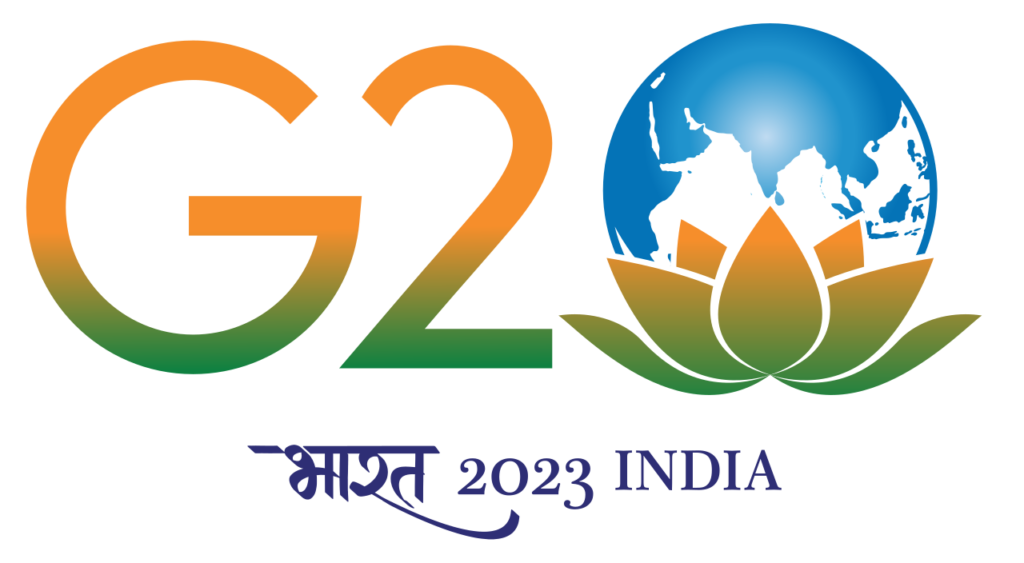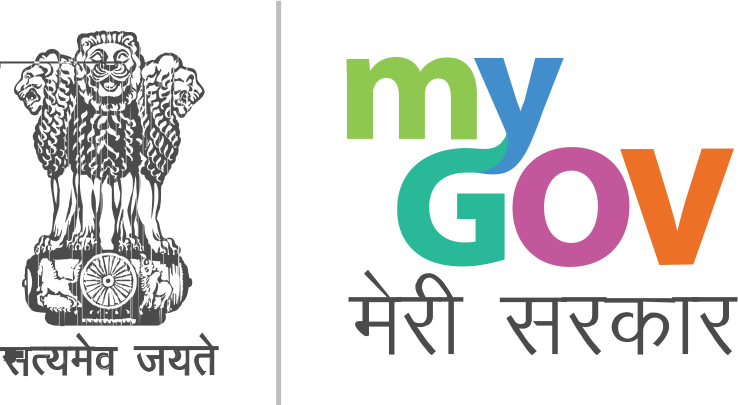Introduction:
Electoral systems are the rules that determine how elections and referendums are conducted and how their results are determined. Elections are how we, the people, choose our leaders. But have you ever wondered how those votes translate into power? That’s where electoral systems come in. These are the sets of rules that determine how votes are counted and who gets elected. First, understand the prize at stake. Are you electing a single representative for your district, like a local council member? Or a whole parliament, where many seats are up for grabs? This affects the system used, just like picking the right dish depends on whether you’re dining alone or hosting a feast.
Next, meet the contestants – the individuals or parties vying for your favor. Some systems let you vote directly for a candidate, while others offer party lists, where you choose a team, and the seats get shared based on your collective vote. Depending on the game, imagine rooting for a specific player or the whole team. In India, the electoral system is an important part of Indian Polity.
Elections in India have been the largest electoral process in the entire world since the first general elections in 1952. Because India is the largest democracy in the world and has a diverse population in terms of culture, language, religion, and ethnicity, voting there is more difficult. In India, many elections of various kinds are held at all levels of government. Three main types of electoral systems are widely used across the globe:
First-Past-The-Post (FPTP) System:
The First-Past-The-Post (FPTP) system, known for its simplicity, awards victory to the candidate with the highest number of votes in a constituency, disregarding the attainment of a majority. Nevertheless, this system has the potential to result in a scenario where the winning party secures a majority of seats despite obtaining only a minority of votes, thereby generating a “winner-takes-all” dynamic.
Proportional Representation (PR) System:
Proportional representation is a system where the percentage of total votes that a political party or a group of candidates receives is translated into the number of seats that they will have. Proportional representation aims to reflect the diversity of opinions and interests in the electorate and to ensure that every vote counts. There are different methods of proportional representation, such as the party-list proportional representation, where voters choose a party or a list of candidates, or the single transferable vote, where voters rank the candidates in order of preference and the seats are allocated according to a quota or a threshold.
Mixed Electoral Systems:
A blend of the two aforementioned systems, known as the Mixed Electoral System, is employed by many nations. This approach permits voters to cast two separate votes: one for a candidate in their constituency using the FPTP method, and another for a political party employing the PR system. This approach aims to strike a balance between the advantages of direct representation and the objective of achieving proportional outcomes.
Consequences of the Choice:
The system you choose shapes your political landscape. FPTP can lead to two-party dominance, while PR encourages coalition governments. It affects how well minority groups are represented and how stable the government is. Think of it as choosing the spices for your dish – they define the flavour and texture of your political landscape.
Conclusion – As we all know, effective electoral systems are the cornerstones of a thriving democracy. Jan Seva Kendra, with their widespread reach and commitment to public service, can play a pivotal role in streamlining the Sahaj registration process. By leveraging csc registration infrastructure and expertise, we can ensure inclusive and accessible elections, where every citizen can exercise their franchise with ease. This not only strengthens our democratic fabric but also paves the way for a more equitable and representative government, truly fulfilling the vision of Jan Seva – service to the people.


